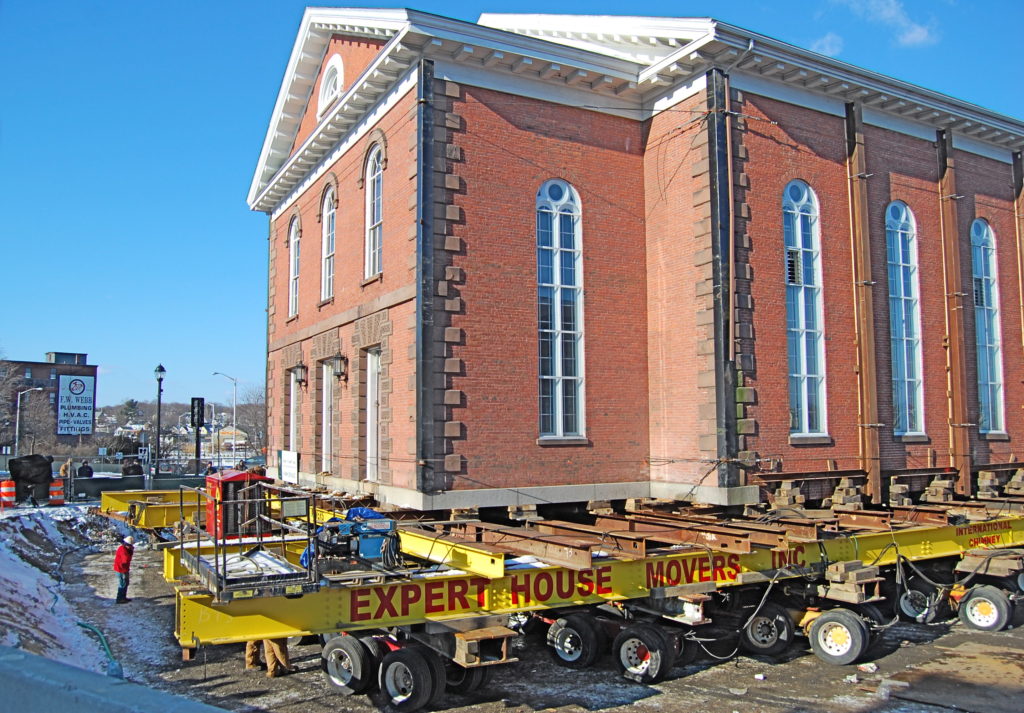When you walk past a modern office building made of glass and steel, you see more than just a structure. The facade of a building serves as a canvas for expressing a company’s identity. The use of glass and steel in facade systems has become emblematic of modernity and transparency.
However, striking the right balance between transparency and privacy is an art that goes beyond aesthetics, influencing how businesses are perceived and how employees experience their work environment.
The Allure of Transparency: Crafting a Welcoming Corporate Image
Transparency in facade systems has become synonymous with openness, accessibility and a forward-thinking corporate ethos. The use of expansive glass allows passersby to peek into the inner workings of a company, creating an inviting and approachable image. This transparency is not just literal; it symbolises a company’s commitment to clarity in its operations and a willingness to be seen and understood.
Transparent facade systems are particularly effective in retail and hospitality environments, where showcasing products or services through large glass windows can entice potential customers. In office spaces, transparency fosters a sense of connection with the external environment, contributing to a vibrant and engaging corporate culture.
Preserving Privacy: Navigating the Challenges of Open Workspaces
While transparency is a valuable design element, maintaining privacy within the workspace is equally crucial. The challenge lies in creating an open and collaborative environment without compromising the confidentiality and focus required for certain tasks.
Innovative facade systems incorporate smart glass technologies and adjustable shading solutions to address these challenges. Employees can enjoy the benefits of natural light and a sense of openness. At the same time, the opacity of the glass can be controlled to ensure privacy during meetings or focused work sessions.
Architectural Elements for Identity Expression
The facade of a building is a powerful tool for expressing corporate identity. Architectural elements such as logos, colour schemes and unique design features can be integrated into facade systems. Here, they become visual signatures that distinguish one company from another.
Internal glass partitions and walls can also be branded, creating a cohesive visual experience for employees and visitors alike. The strategic use of company colours and logos reinforces brand presence throughout the workspace.
Strategic Placement for Optimal Effect
Balancing transparency and privacy involves the strategic placement of transparent and opaque elements within the facade. For example, public areas like reception and meeting spaces can benefit from floor-to-ceiling glass, creating an open and welcoming atmosphere. In contrast, areas requiring confidentiality, such as executive offices or boardrooms, may utilise frosted or smart glass to ensure discretion.
The placement of these elements contributes to the overall flow of the building, guiding occupants and visitors through spaces that seamlessly transition between openness and privacy. This strategic approach enhances the functionality of the workspace while reinforcing the desired corporate image.
In a Nutshell
The interplay between transparency and privacy in facade systems is a delicate dance that architects and businesses must choreograph carefully. Crafting a corporate identity in glass and steel goes beyond mere aesthetics. Here, values are communicated and an environment that resonates with the external world is created. The facade becomes not just a boundary but a statement—a visual representation of the company’s character and its commitment to a harmonious balance between openness and discretion.



